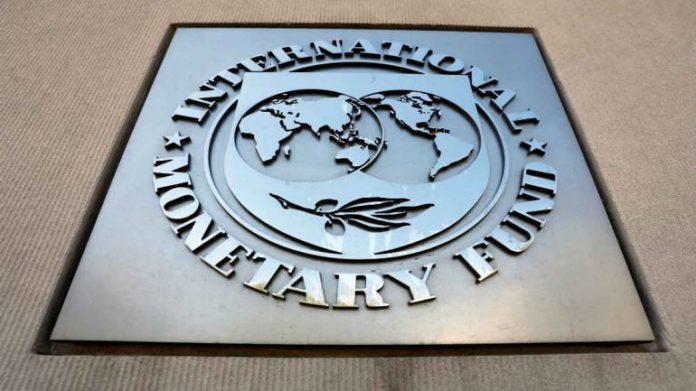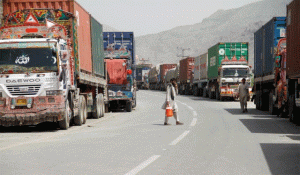The informal economy is a globally widespread and pervasive phenomenon, the International Monetary Fund (IMF) has noted.
The IMF added that 2 billion workers or 60 percent of the world population participate in the informal sector.
Although mostly prevalent in emerging and developing economies, it is also an important part of advanced economies. Whereas workers and firms may choose to operate in the informal sector to avoid taxes or regulations, 85 percent of all informal workers around the world are in precarious employment in small production units, mostly due to lack of opportunities in the formal sector.
This has important macroeconomic consequences. First, informal firms tend to be small, with low productivity, and do not contribute to the tax base.
Therefore, countries or regions with higher informality also grow below their potential. Moreover, they do not collect sufficient taxes and cannot provide basic goods and services to the whole population, which reinforces informality.
Second, informal workers are more likely to be poor and to earn lower wages compared to
their peers in the formal sector, both because they lack social protection and access to credit and because they tend to be less educated.
Third, women are more likely than men to be not only in informal employment but also in the most precarious and low-paying categories of informal employment, in part because
they lack equal access to education and health services.
This book brings together recent research by IMF staff and academic researchers on the causes, characteristics, and main effects of informality. It advances our understanding of reducing informality as essential for sustainable and inclusive development, because of informality’s close but complex links with productivity, poverty, and inequality.
This research is all the more relevant in the context of the current COVID-19 pandemic, which has hit particularly hard informal workers in emerging and developing economies. We already know that the pandemic risks erasing the past decade of progress in reducing poverty and inequality, and it is stretching the ability of governments to extend social safety nets to vulnerable informal workers and firms.
Designing and implementing effective policies to address informality requires, first and foremost, our ability to measure it.
This is inherently difficult, because participants in the informal economy either do not want to be found or are hard to reach. Another challenge is that informality arises for multiple reasons and can take many different forms within and across countries, the IMF said in a publication titled ‘The Global Informal Workforce Priorities for Inclusive Growth’
This book contributes to the policy debate in three main ways.
First, it proposes a novel and consistent measure of the informal economy over time and across countries.
Second, it analyzes the drivers and consequences of informality on the economy by analyzing its effects on productivity, labor markets, and gender gaps, as well as its interactions with fiscal policy and financial inclusion.
Third, while recognizing that there is no one-size-fits-all solution, the book argues that policies can be effective in reducing informality. Improving access to education, accounting for informality when designing tax and social protection systems, enhancing financial inclusion, and implementing selected structural policies can be effective in promoting greater formalization.
Reducing informality over time is essential for sustained and inclusive development, but this process will inevitably have to be gradual, given the importance of informal activities to the livelihoods of billions of people currently.
The analyses and recommendations in this book are a must-read for government officials, researchers, practitioners, and all those interested in designing policies to create a more prosperous world for everyone.







